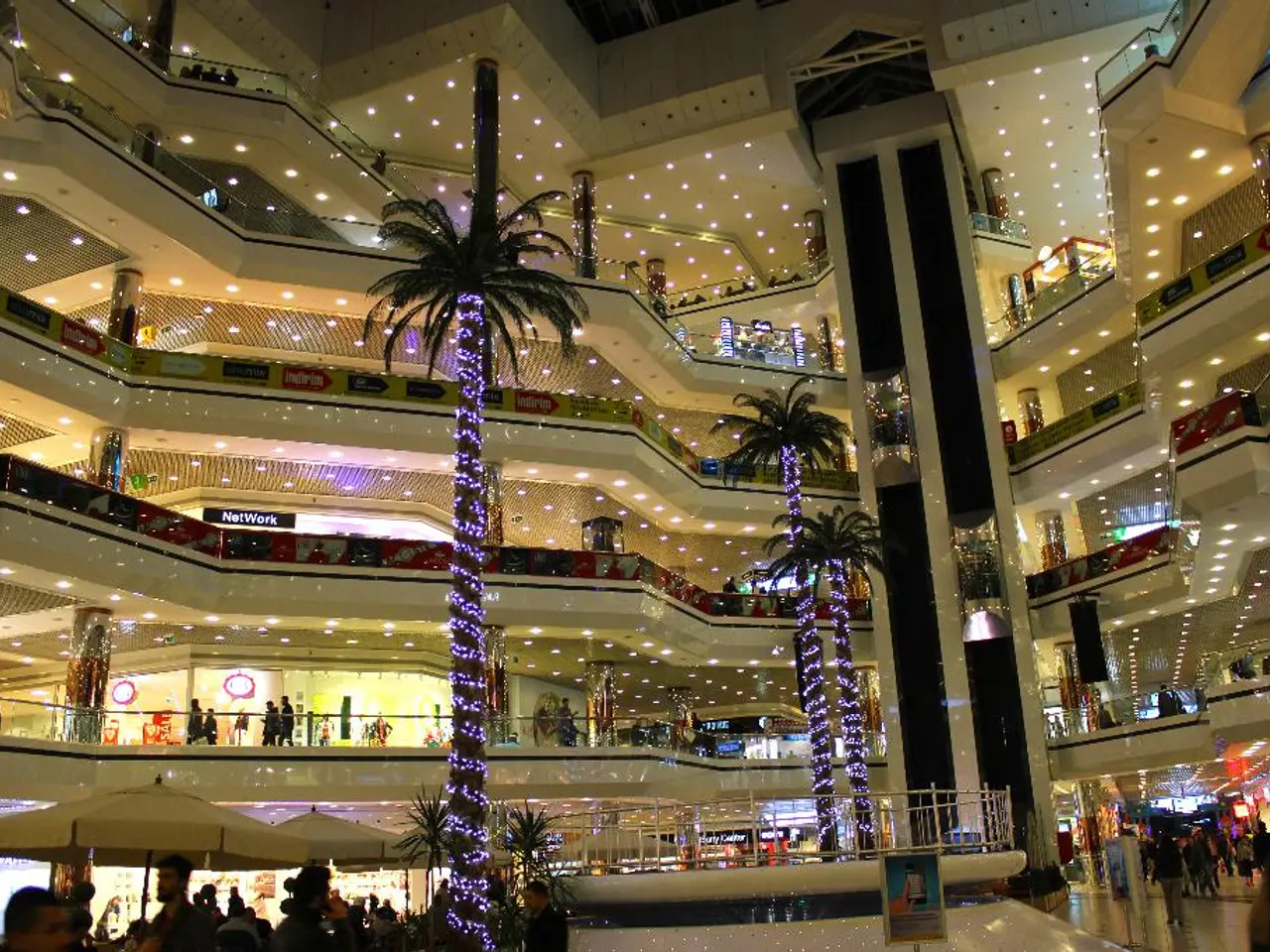Industrial leasing in Romania reaches new heights, with over 417,000 square meters of space leased during the first half of 2025, according to Colliers.
Romania's industrial and logistics real estate sector is experiencing a significant surge in 2025, driven primarily by the rapid expansion of retail, both traditional and e-commerce, and FMCG distribution networks.
In the first half of the year, over 417,000 square meters of industrial space were leased, marking a 20-25% increase year-on-year. Retail, e-commerce, and consumer sectors accounted for around two-thirds of this demand.
The market's modern industrial and logistics stock totaled around 7.75 million sqm by mid-2025, with new developments accelerating (+77% year-on-year new completions). Leasing volumes are expected to exceed 1 million sqm by year-end, pointing to unprecedented market performance.
Bucharest remains the primary hub, with about 70% of leasing activity, followed by other emerging hubs like Timișoara. Rental rates in top-tier logistics projects have remained stable.
Looking forward, Romania’s industrial real estate outlook is promising, with substantial further expansion potential given the country’s relatively underdeveloped logistics stock compared to other European markets. The strategic geographic position, competitive labor costs, and growing nearshoring trends attract international investors and businesses. Developers focus on resilient, smart, and sustainable industrial park growth, extending development beyond capital regions to secondary cities.
Retailer interest in expansion remains strong, particularly in medium-sized and small cities, as well as in the metropolitan areas of major urban centers. Approximately 120,000 square meters of modern retail space were delivered across Romania in H1 2025. At this pace, Romania's modern industrial stock is likely to surpass the 8 million square meters very soon, reinforcing its position among the top regional markets.
The growth was primarily driven by the expansion of both traditional and online retail. There was a notable rise in the demand for modern warehouses, regional hubs, and efficient logistics infrastructure. Rents for modern industrial spaces remain stable across Romania's major cities, with ranges from EUR 4.5 to EUR 5 per square meter per month in Bucharest and between EUR 3.8 and EUR 4.5 in regional cities.
Notable retail space expansions occurred in Iași, Suceava, and Ploiești. The national average vacancy rate stands at 5.5%, but in certain submarkets like northern Bucharest, Cluj-Napoca, or Timisoaara, it drops below 4%, reflecting limited supply and growing pressure on available space.
The completion of Bucharest's southern ring road and improved connections from Craiova toward Bucharest and Constanta are boosting the logistics appeal of southern regions. Developers and investors are focusing on secondary locations near future highways or bypass roads, anticipating rising land values.
Romania now has over 1,300 kilometers of high-speed roads, with another 1,400 kilometers under construction or planned, fueling investor interest in expanding toward the country's southern and eastern cities. With its robust growth and promising outlook, Romania's industrial and logistics real estate sector is set to continue reshaping the market landscape.
- In 2025, the significant surge in Romania's industrial real estate sector, as observed in the first half of the year, has largely been attributed to the growth in demand from sectors like retail, e-commerce, and the consumer sector, collectively accounting for about two-thirds of the leased space.
- As the Romanian industrial real estate sector continues to expand and reshape the market landscape in 2025, international investors and businesses are increasingly attracted by the country's strategic geographic position, competitive labor costs, and growing nearshoring trends, making investing in real-estate and retail sectors particularly appealing.




